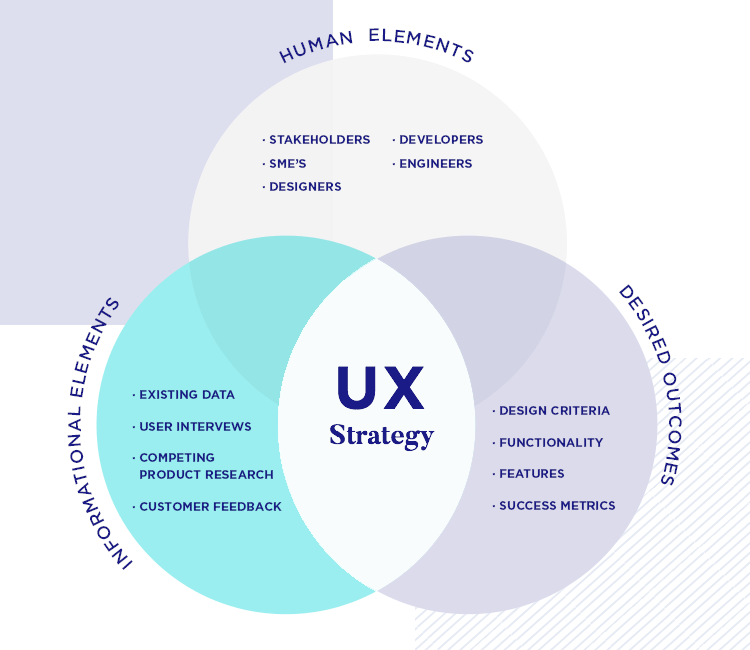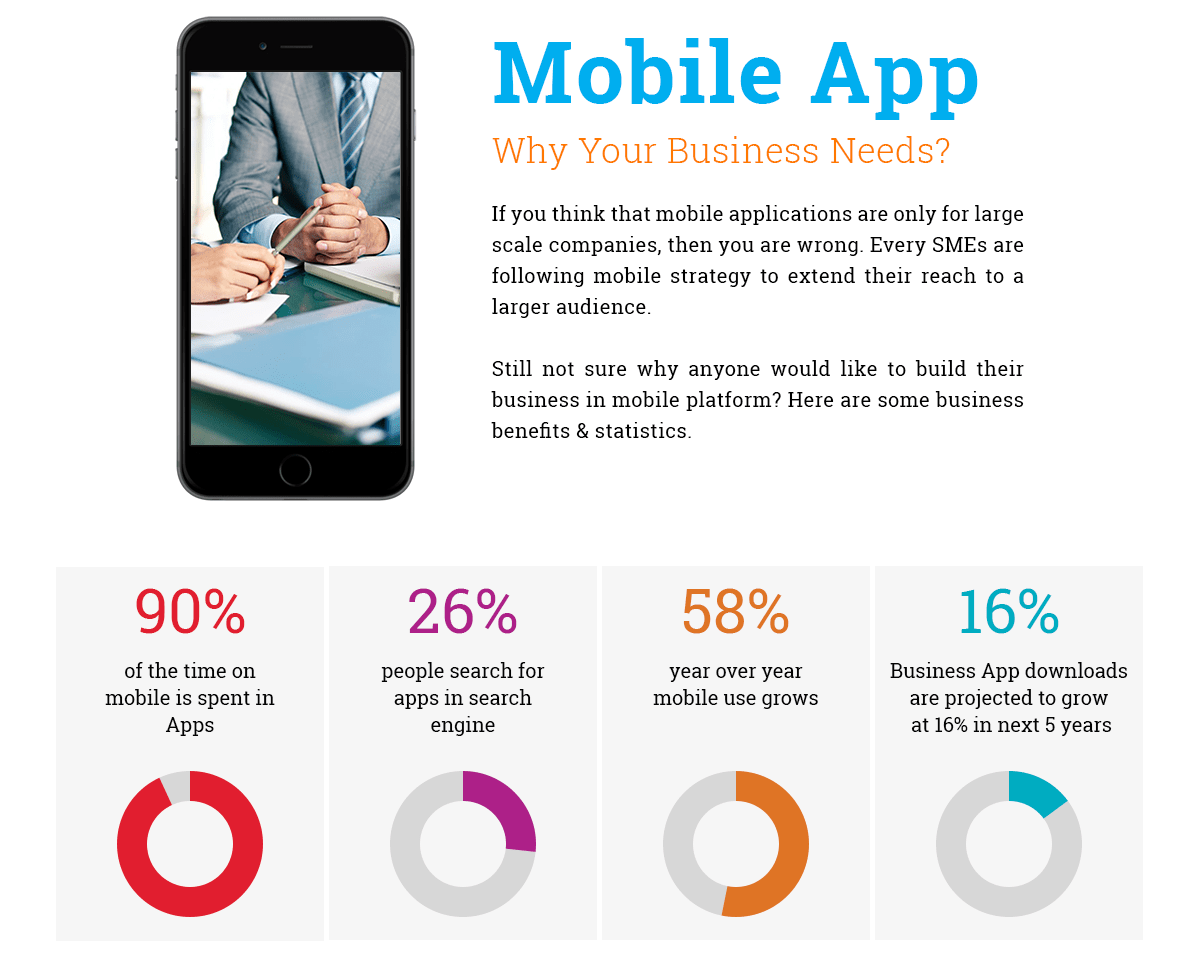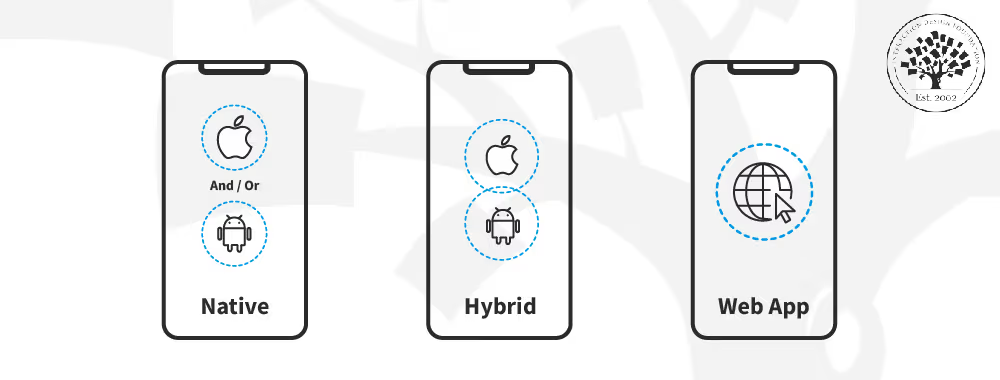In today’s fast-moving commerce world, the harmony between Enterprise Resource Planning (ERP) and eCommerce systems is more than a technical upgrade — it’s a strategic necessity. ERP eCommerce integration unlocks powerful advantages that elevate both operational efficiency and customer satisfaction. Yet, it’s often a misunderstood investment.
This article will provide a deep yet approachable understanding of ERP eCommerce integration, its benefits, pitfalls, and real-world perspectives — including insights from industry veteran Tamer Badr, owner of Singleclic, a digital solutions provider known for intelligent ERP deployment.
What is ERP eCommerce Integration?
ERP eCommerce integration refers to the seamless connection of your online store (e.g., Shopify, Magento, WooCommerce) with your back-office ERP system (like SAP, Microsoft Dynamics, Odoo, NetSuite). This integration automates data flow between the two platforms—orders, inventory, customer details, product information, and more.
💡 Think of it as building a bridge between your sales front and operations back-end.
Explore ERP implementation strategies and integration solutions with Singleclic’s ERP Services.
Why ERP eCommerce Integration Matters
Done right, this integration:
- Eliminates manual data entry and reduces human error.
- Syncs inventory in real-time to prevent overselling.
- Automates order processing for faster fulfillment.
- Enhances customer experience through accurate data and faster service.
- Provides unified reporting across departments.
People Are Always Asking: Is ERP eCommerce Integration Worth It?
Yes — but only when aligned with your scale, budget, and goals.
As Tamer Badr, founder of Singleclic, puts it:
“Most businesses wait too long to integrate ERP with their eCommerce. By then, they’re patching problems. A smart integration early on sets the stage for scalable growth — it’s not just about tech; it’s about readiness.”
Top ERP eCommerce Integration Solutions: Reviews, Pros & Cons
Let’s break down the most popular ERP-eCommerce integration options, what they offer, and what to watch out for:
1. Microsoft Dynamics 365 + Shopify
Pros:
- Deep native integrations.
- Advanced AI and analytics tools.
- Reliable for global and multi-channel operations.
Cons:
- High learning curve for small teams.
- Costs can escalate with customizations.
Best For: Mid-to-large businesses with dedicated IT teams.
2. NetSuite + Magento
Pros:
- Excellent real-time inventory and financial sync.
- Designed for B2B and B2C at scale.
- Strong cloud-native infrastructure.
Cons:
- Complex setup.
- Developer-dependent customizations.
Best For: Enterprises with complex product catalogs.
3. Odoo ERP + WooCommerce
Pros:
- Open-source, flexible, and cost-effective.
- Modular, easy to expand.
- Clean UI and strong community.
Cons:
- Not ideal for very large catalogs.
- Requires strong initial configuration.
Best For: SMEs and startups with moderate volume.
4. SAP Business One + BigCommerce
Pros:
- Great for manufacturing and wholesale.
- Deep data automation.
- Strong global compliance features.
Cons:
- Can be heavy for simpler use cases.
- Requires experienced consultants.
Best For: Industrial, wholesale, or highly regulated sectors.
How ERP eCommerce Integration Works
Here’s a simplified flow of how integration typically works:
- Customer places an order on the eCommerce site.
- Order data syncs automatically to the ERP system.
- ERP updates inventory, triggers invoice, and notifies shipping.
- Tracking details sync back to the eCommerce store.
- Customer receives email updates and real-time support.
This cycle happens in seconds — not hours or days.
What to Look for in an Integration Partner
Before jumping into implementation, look for:
- Platform Compatibility: Not all ERPs support all eCommerce systems natively.
- Real-Time vs. Batch Sync: Real-time ensures instant updates.
- Customization Capacity: Can it adapt to your workflows?
- Support and Updates: Are ongoing costs and support clear?
As Tamer Badr advises:
“Don’t fall for plug-and-play promises. Every business has its own DNA. Choose a partner who gets your operational pain points — not just your tech stack.”
Potential Drawbacks (And How to Avoid Them)
Even with benefits, ERP eCommerce integration can go wrong if not approached carefully:
- High Initial Cost: Some systems demand hefty upfront investment.
→ Solution: Start modular. Scale later. - Complex Configuration: Customization needs can delay deployment.
→ Solution: Work with an experienced consultant. - Data Sync Errors: If integration is half-baked, it causes more harm than help.
→ Solution: Use tested middleware and perform frequent QA.
FAQs: ERP eCommerce Integration
Q1: How long does integration typically take?
A: Depending on complexity, 2–12 weeks is common. A small Odoo-WooCommerce project might be ready in a month.
Q2: Do I need a developer?
A: For serious integration — yes. Low-code tools exist, but most real businesses need developer oversight.
Q3: Can I switch ERPs later?
A: Yes, but it’s a major effort. That’s why early planning is crucial.
Q4: What if I sell on multiple platforms (eBay, Amazon, etc.)?
A: Choose an ERP that supports multi-channel sales and API-based integration.
Customer Review Highlights
Here’s what clients integrating with Singleclic have shared:
🗣️ Mariam K., COO of a furniture brand:
“Before ERP integration, our inventory was a guessing game. Now it’s all synced live. We saved at least 15 hours a week.”
🗣️ Ahmed Z., Tech Lead at a health products e-store:
“Singleclic’s team explained everything in human terms. The Tamer-led workshop gave us clarity and control.”
🗣️ Julia R., B2B eCom Ops Manager:
“We’ve had ERP nightmares in the past. This time, we had accountability and clean reporting. Worth every penny.”
A Quick Checklist Before You Integrate
✅ Define business objectives (speed, reporting, customer service).
✅ Map workflows that will be affected.
✅ Audit current data accuracy.
✅ Shortlist ERP platforms with compatible eCommerce connectors.
✅ Book a demo or discovery call.
✅ Budget for training, maintenance, and future scaling.
Final Thought
ERP eCommerce integration isn’t a luxury — it’s a long-term enabler of customer trust and business scalability. From reducing errors to delighting your customers, it’s the backbone of a modern eCommerce operation.
In the words of Tamer Badr:
“Integration isn’t about connecting two systems. It’s about connecting departments, customers, and growth — with clarity and confidence.”
Don’t wait until inefficiencies cost you customers. Choose the right partner, plan smartly, and make integration your silent powerhouse.







